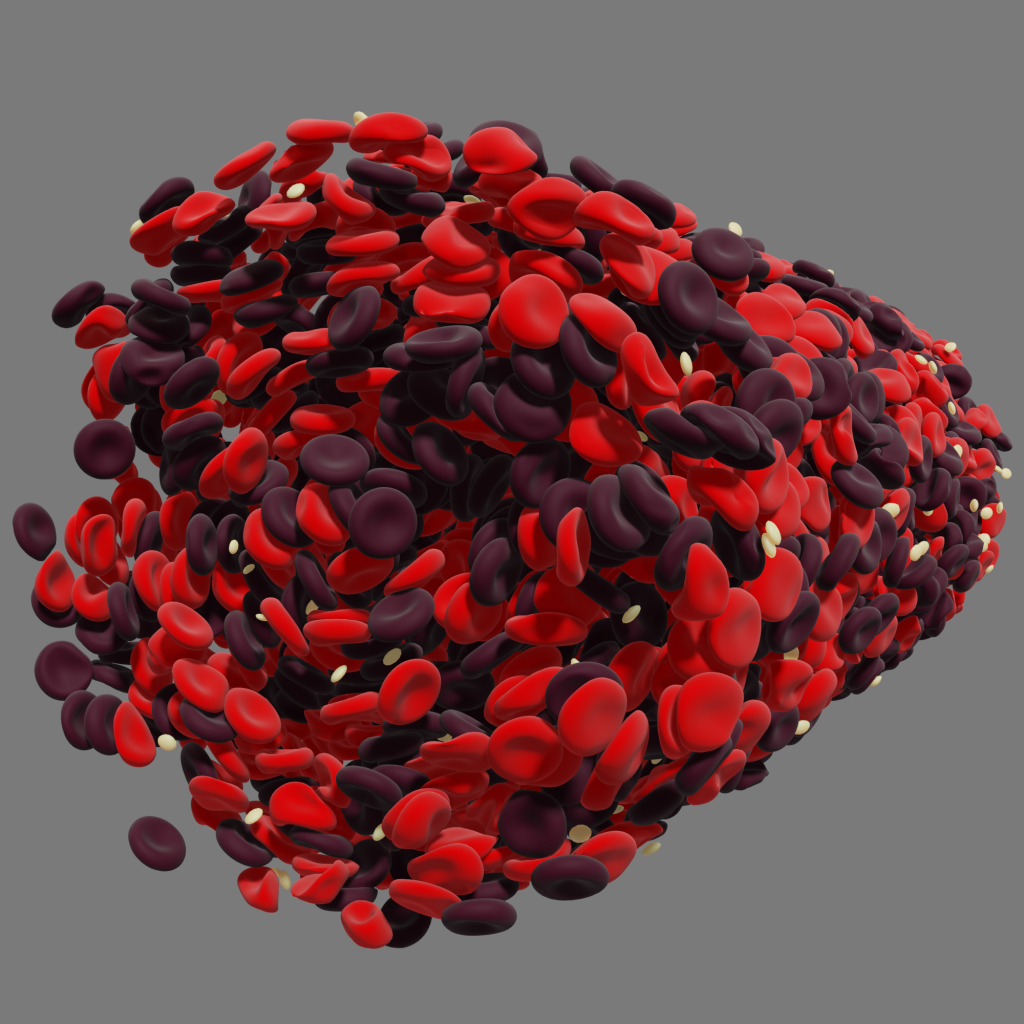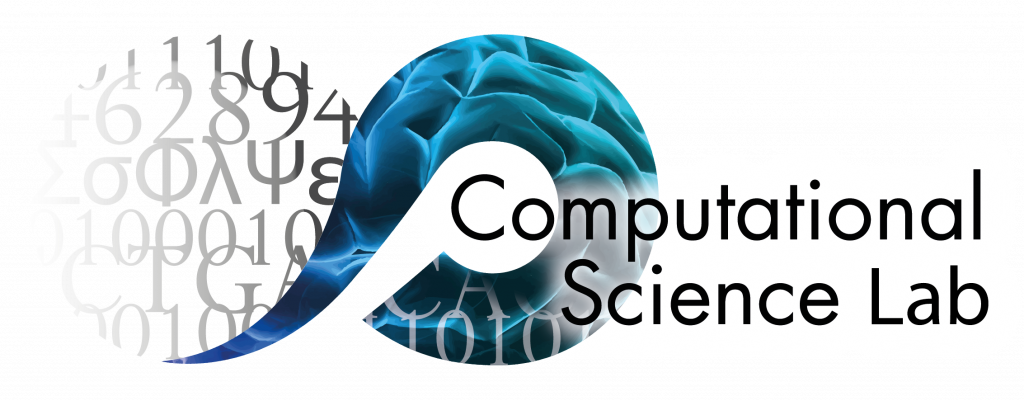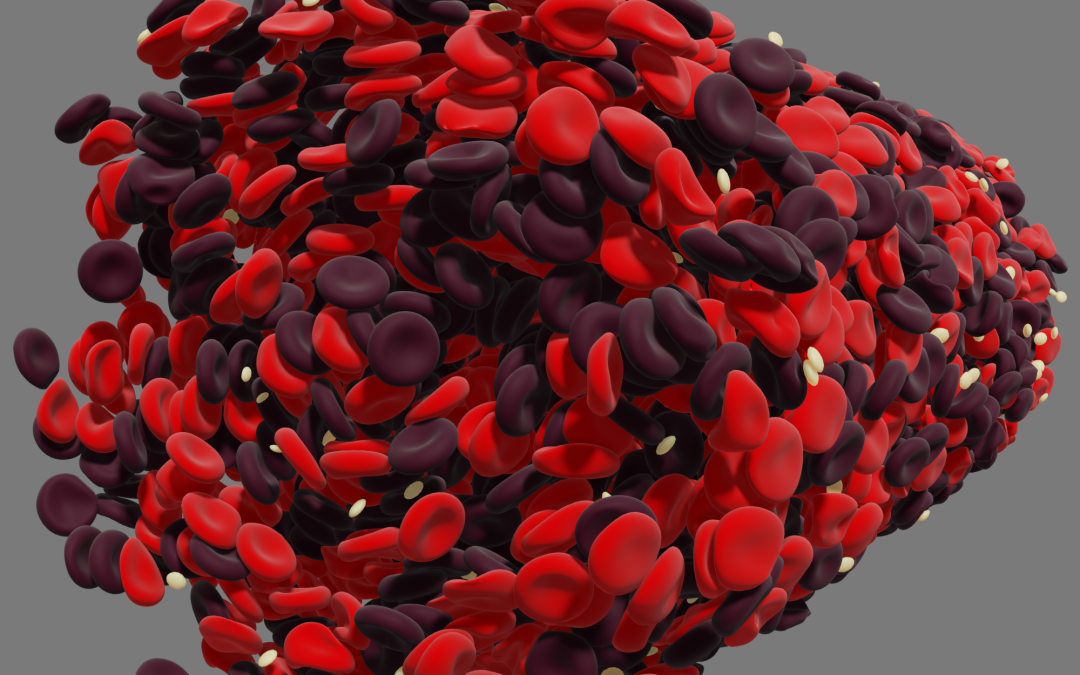Benjamin Czaja, Mario Gutierrez, Gábor Závodszky, David de Kanter, Alfons Hoekstra, and Omolola Eniola-Adefeso have published a new paper in PLOS Computational Biology.

The primary function of the human red blood cell is to deliver
oxygen to the tissues throughout the body. The ability of the red blood
cell to deform allows it to squeeze through small capillaries along with
helping transport platelets to damaged areas
on the vessel wall, which initiates normal coagulation function. Many
diseases are known to impede the deformability of the red blood cell,
which may adversely impact the transport of red blood cells and
platelets in flow. We observe, in this research, that
with increasing fractions of stiff red blood cells in flow, there is a
decrease of platelet margination. Specifically, this is observed as a
decrease of a fluorescent platelet signal at the wall of a glass channel
with flowing human whole blood. We confirm
this margination decrease by performing cell resolved simulations that
reproduce the experiment. We also observe, in simulation, a decrease in
the red blood cell-free layer as red blood cell deformability decreases.
The decrease in the cell-free layer, we
believe, is the most significant contributing factor to decreased
margination.
For further reading please see: https://journals.plos.org/ploscompbiol/article?id=10.1371/journal.pcbi.1007716

